Loop-migration and non-breeding locations of British breeding Wood Warbler Phylloscopus sibilatrix
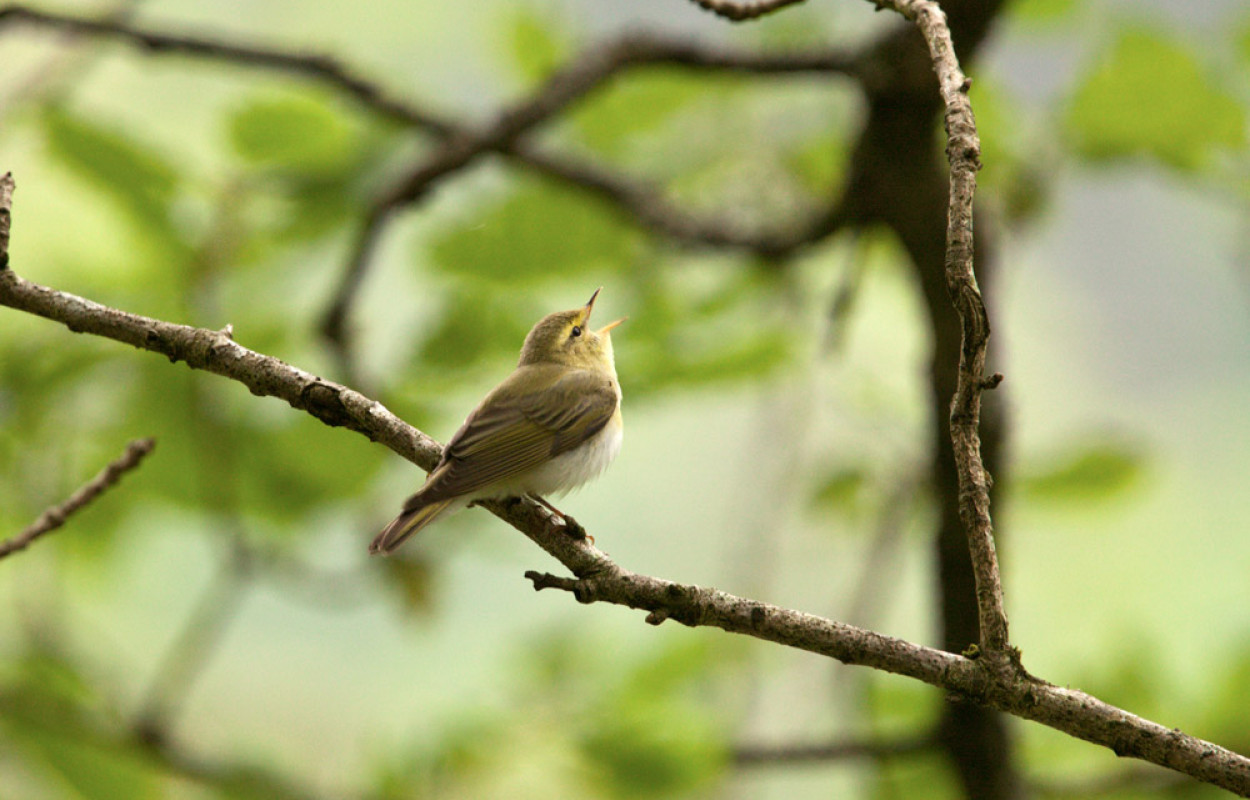
Author(s): Burgess, M., Castello, J., Davis, T. & Hewson, C.
Published: November 2022
Journal: Bird Study Volume: 69
Digital Identifier No. (DOI): 10.1080/00063657.2022.2138825
New research has revealed the wintering grounds and migration stopovers of British-breeding Wood Warbler, a declining species on the UK Birds of Conservation Concern Red List.
Abstract
Capsule: British breeding Wood Warblers Phylloscopus sibilatrix show a clockwise loop migration incorporating stops in southern Europe, the Sahel and the humid forest zone of West Africa.
Aims: To determine autumn and spring migration routes, the location and duration of stopover sites on migration, and the location of non-breeding areas of British breeding Wood Warblers.
Methods: In 2016 and 2018 we deployed geolocators to male Wood Warblers on Dartmoor, Devon, and in the New Forest, retrieving four geolocators from returning birds in 2017, 2019 and 2020.
Results: Male Wood Warblers departed breeding sites in late July and stopped for most of August in central southern Europe, crossed the Sahara by a non-stop night and day flight immediately followed by a short stop, and then migrated west to a longer stopover in the Sahel. Final non-breeding destinations were in an area of West Africa covering Guinea, Sierra Leone and Liberia. Two were tracked on spring migration, again crossing the Sahara via a non-stop flight before migrating through Western Europe to complete a clockwise loop migration back to Britain.
Conclusion: All Wood Warblers used stopovers for at least three weeks in three distinct regions, in central southern Europe, in the Sahel and in the humid zone of West Africa. Although the limitations of geolocation prevents matching locations with habitat, these regions are broadly characterised by distinct forest or woodland habitat types, which differ from breeding habitat. All four tracks showed similar patterns in route, stopover behaviour and timings, suggesting they may be representative of males in these breeding populations, and potentially of other British and western European Wood Warbler populations.
UK-breeding Wood Warblers have seen their numbers crash by two-thirds since 1995, and the reasons for their steep decline have so far remained unclear. Assessing the threats these migrant birds face throughout the year – not just during their time in the UK – is key to ensuring their continued survival. Until now, Wood Warbler migration routes, stopover sites and non-breeding distribution have been poorly known. This study set out to address this, using tiny tracking devices called geolocators, which can be fitted to individual birds to record day length and solar noon, and which allow researchers to reconstruct a bird’s global position through time.
In this study, a collaboration between RSPB and BTO, the authors fitted geolocators to Wood Warblers breeding in Dartmoor, Devon and the New Forest, Hampshire. The resulting tracking data, received from four males, showed that the tagged Wood Warblers followed a clockwise loop migration. After leaving their breeding sites at the end of July, birds made their way to an initial stopover location in south-central Europe, especially Italy, where they spent much of August. They then resumed their journey and crossed the Sahara in a single, non-stop flight, stopping off briefly before continuing westward to a further, major stopover in the Sahel, where they remained for 7-11 weeks. In late October to late November, birds made their way to their final destination in western Africa (Guinea, Sierra Leone and Liberia), where they are likely to have undertaken their annual moult. The tagged Wood Warblers began their spring migration in April, heading north across the Sahara in another non-stop flight, to arrive back at their breeding grounds at the start of May.
Although this study's sample size is small, it provides valuable new information on the habitat requirements of Wood Warblers throughout the annual cycle. We now know that Wood Warbler conservation necessitates suitable habitats being available in four regions (their breeding and wintering grounds, and the two stopover locations in southern Europe and the Sahel). These results allow researchers to understand how and where best to focus their efforts when attempting to determine causes of Wood Warbler decline. Future research should therefore prioritise improving our understanding of Wood Warbler ecology at these non-breeding locations, providing a better basis on which effective decisions can be made to reverse the fortunes of this declining species.
Notes
Acknowledgements
This work was funded by Devon Birds (to RSPB) including funds from the estate of Eileen Marsh, and by Mark Constantine and Hampshire Ornithological Society. It also received support from Natural England (to RSPB) and RSPB under the Action for Birds in England partnership and a Dulverton Trust grant to BTO. The authors thank the land owners Woodland Trust, Natural England, National Trust, Dartmoor National Park Authority and Forestry Commission.
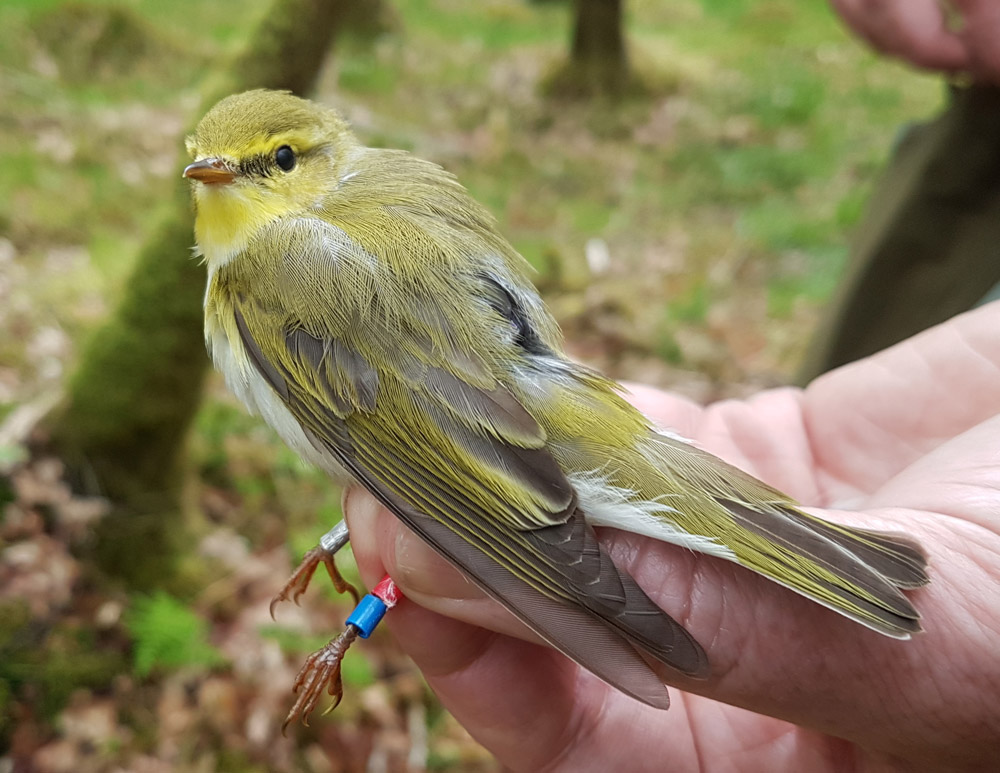



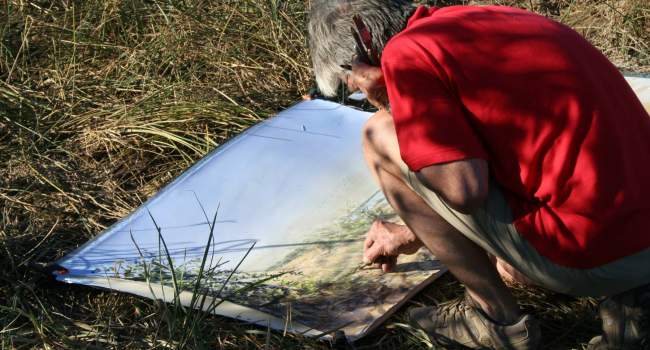
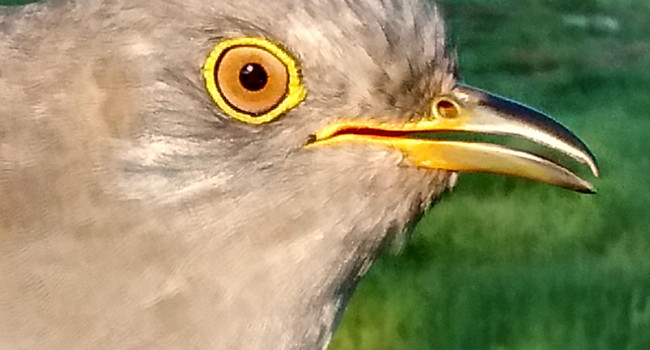
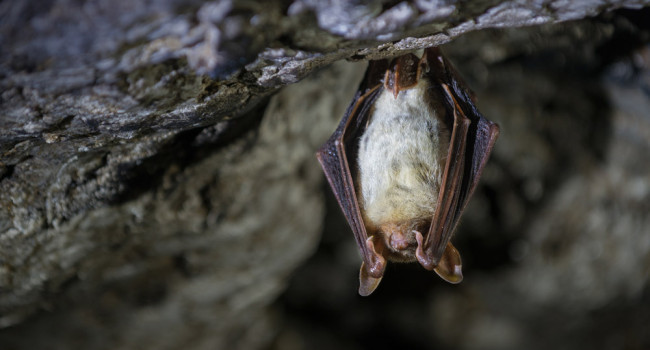

Share this page